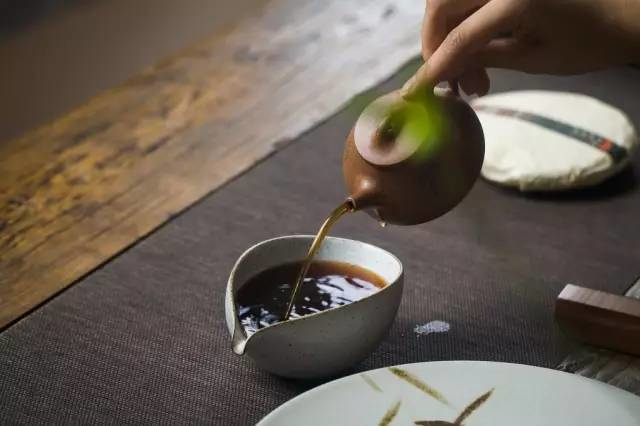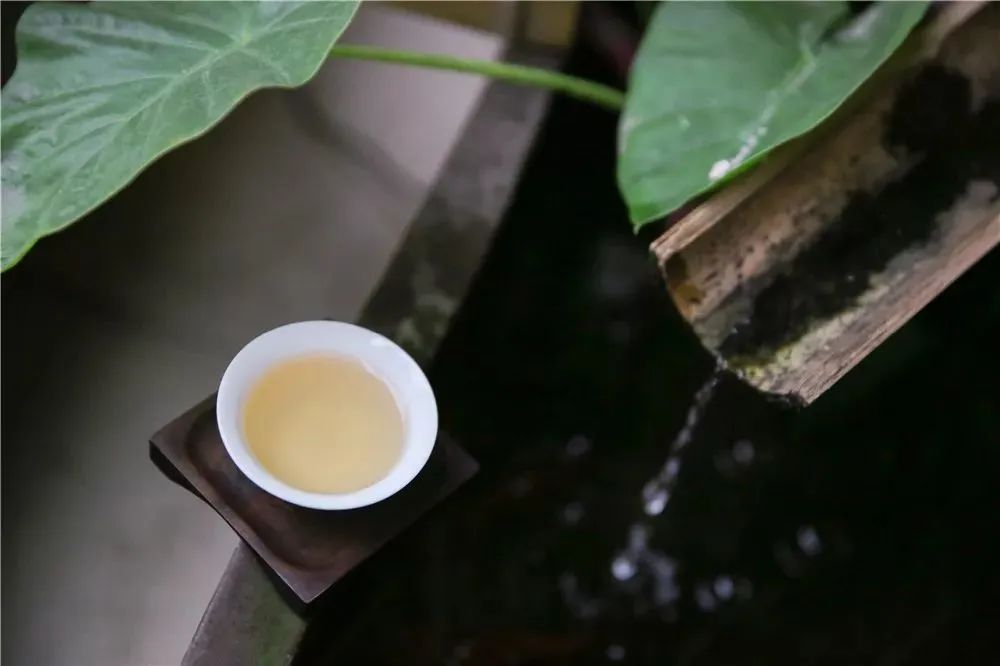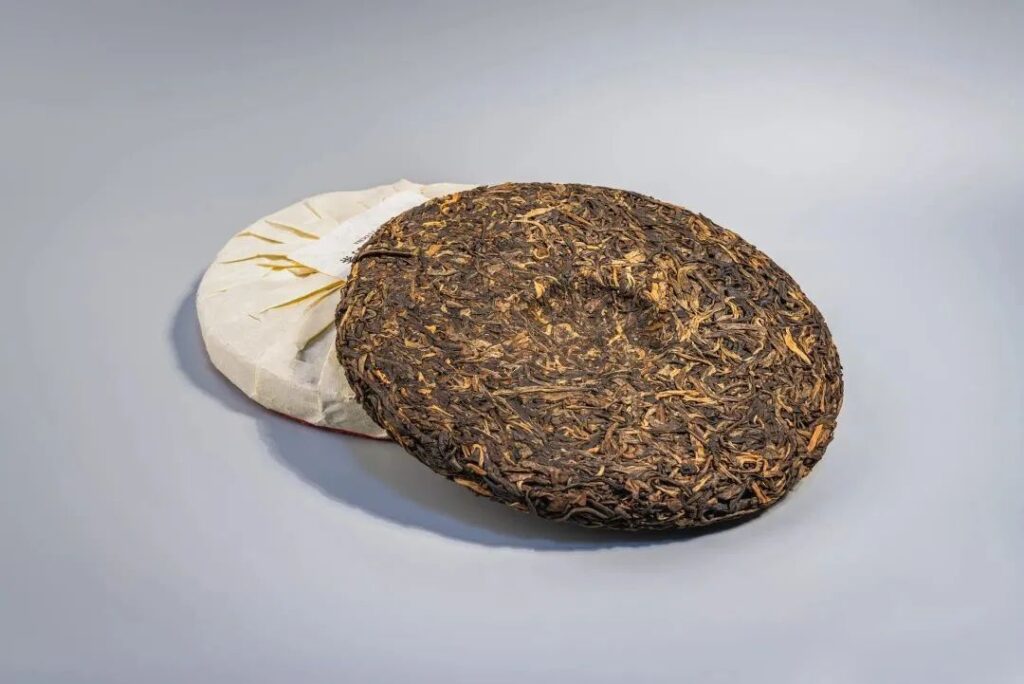Many friends, after purchasing a type of tea, may not pay much attention to its storage. A few months later, they find that the tea doesn’t taste as good as it did when they first bought it, only to realize that this is due to improper storage, which has caused the tea to absorb other flavors. Tea leaves have hygroscopic and strong adsorptive properties, making them susceptible to absorbing moisture and odors from the air.
If the storage method is not appropriate, the tea can lose its flavor in a short period. Why does tea deteriorate? Typically, after storage, the aroma and taste of tea change. If exposed to high temperature and humidity, as well as sunlight, the changes in the components of the tea will accelerate, causing the tea to age and spoil quickly. Especially for newly picked green teas each year, proper storage is crucial. The main factors causing tea deterioration include: 1. Light; 2. Temperature; 3. Moisture content of tea; 4. Air humidity; 5. Oxygen; 6. Microorganisms; 7. Odor pollution. The deterioration caused by microorganisms is limited by factors such as temperature, moisture, and oxygen, while odor pollution is related to the storage environment. The key to storing tea is to prevent pressure, moisture, seal, avoid light, and prevent odor. Generally, the best containers for preserving tea are tin cans, pots, and colored glass bottles. Next best are iron cans, wooden boxes, and bamboo boxes, although bamboo boxes are not suitable for use in dry northern areas. Plastic bags and paper boxes are the least preferred. Many tea shops choose purple sand material pots, wrap tea with film paper, and seal it after covering the lid. How should tea be stored? In theory, the ideal storage for tea is dry (with a moisture content of about 6%), refrigerated, oxygen-free (vacuumed or nitrogen-filled), and light-free. However, due to various objective conditions, it is often impossible to have all these conditions met. It is crucial to grasp the requirement of tea drying and take some other measures, and also analyze according to the specific type of tea. Different teas, due to their different aging and tea characteristics, also have different storage methods. Green tea and yellow tea Among all teas, green tea is best stored in the refrigerator, especially high-aroma teas like Longjing. Yellow tea, due to its similar processing to green tea, can also be stored in the same way. If the storage time is short and the tea is to be consumed immediately, green tea can be placed in the refrigerator, with the temperature set around 5 degrees Celsius. If the tea is unopened and intended to be stored for more than a year, it should be placed in the freezer. When purchasing a large quantity of tea at once, it should be pre-packaged into small packs (cans) and then refrigerated. Each time, only the amount needed for brewing should be taken out, and the same pack of tea should not be repeatedly frozen and thawed. Flower tea Flower tea is a reprocessed green tea with high water content and is prone to spoilage. Flower tea has a rich floral aroma, and storing it at low temperatures can suppress its aroma, reducing the freshness and concentration of the fragrance. Therefore, the storage of flower tea does not require low temperatures; it should be moisture-proof and stored in a cool, dry, and odor-free environment.Oolong tea is a semi-fermented tea that falls between black and green tea, and it is relatively easy to store. Depending on the degree of drying and baking, rock teas and heavily roasted Tieguanyins, some single bush teas, etc., can be stored at room temperature without the need for low-temperature preservation. Similarly, lightly roasted Tieguanyins, dehumidified single bush teas, and other teas with less baking should be stored in a refrigerator at low temperatures to maintain their freshness and flavor.
Black tea has low moisture content in its dry form and is prone to humidity or fragrance dissipation. It is best to avoid mixing different types of tea for storage. Generally, it can be placed in a sealed, dry container, away from light and high temperatures. If possible, using purple sand pots or tin pots is preferable, as glass pots cannot guarantee complete protection from sunlight. Before storing black tea, packaging it in a plastic bag and removing the air can better preserve the tea’s aroma. White tea is the most primitive and simplest tea in terms of processing and procedures. Fresh leaves are picked, sun-dried, and withered to 90% dryness, then low-temperature baked until fully dry. White tea is durable and environmentally friendly to store, without the need for low-temperature preservation. It only requires storage at room temperature to prevent odor, generally between 10-35 degrees Celsius. During storage, there is a certain space for transformation, and the longer the tea is stored, the deeper the color of the dry tea and tea soup, and the more mellow and smooth the taste becomes. Black tea requires storage conditions of ventilation, dryness, and odorlessness. Ventilation and dryness are the most important when storing black tea, and it is best to use packaging materials with good permeability such as kraft paper or leather paper (avoid sealing with plastic bags) to seal and store it. If the tea becomes moldy and grows white hair due to high humidity or long storage time, it should be taken out for ventilation and drying, and dehumidification can be done (turning on air conditioning is sufficient). Or it can be sun-dried, and the moldy hair will naturally disappear after a few days. If the white hair is severe, it can be removed with soft textiles such as brushes or towels, and then heated with a hairdryer for about ten minutes. Stored tea should be checked for mold or other pests every three months. Pu-erh tea, as a type of black tea, only needs to be stored out of direct sunlight and rain, in a clean and hygienic environment, with good ventilation and no other odors or peculiar smells. If there is a large quantity, a dedicated warehouse can be used for storage; if there is a small quantity, it can be stored at home. Pu-erh tea can be stored in ceramic or earthenware jars, with the outer packaging removed and placed directly into the jar, sealing the jar’s mouth. Cake tea, golden melon tea, and tuo cha should be stored on wooden racks for ventilation and airiness. Tip: The most important thing to prevent when storing tea is odors and mold. Tea is particularly absorbent, and once Pu-erh tea absorbs odors during its aging process, its original aged fragrance is destroyed. Even with good tea, proper storage is necessary to achieve the best color, aroma, and taste when drinking.Different types of tea, such as black tea and Pu-erh tea, can maximize their collection value when stored under the right conditions. Therefore, to enjoy good tea, it is also essential to store it well.



